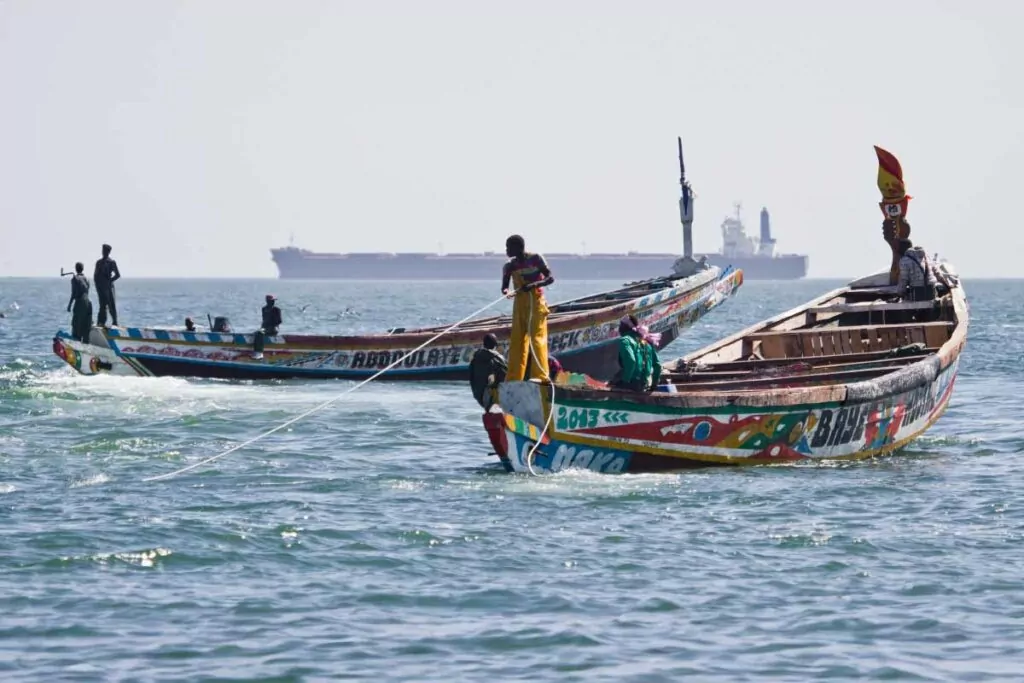The Mauritanian Slope (NE Atlantic) Has No Desert: Swiftia phaeton (Holaxonia: Plexauridae) Shaping Coral Gardens
Swiftia Duchassaing & Michelotti, 1864, is often found sparse in the NE Atlantic Ocean and Mediterranean Sea. When the cruise MSM 16/3 “PHAETON” filmed the upper bathyal off Mauritania in 2010, the first dense populations dominated by Swiftia were discovered in the NE Atlantic Ocean, co-occurring with the framework-forming scleractinians Desmophyllum pertusum (Linnaeus, 1758) and Madrepora oculata Linnaeus, 1758. Remotely operated vehicle (ROV) video annotation from two canyons and two coral mounds considered Swiftia phaeton Sampaio, Beuck & Freiwald, 2022 presence, size class and abundance as well as substrate and geomorphology of the seafloor. Coral gardens definition included abundance and size of the species. Dense and very dense mono- and multispecific coral gardens dominated by S. phaeton were mapped between 20°24′N and 17°54′N in 470–640 m depth. The resilience of these coral gardens off Mauritania is mainly linked to the presence of hard substrate available to settle and to the exposition of currents rich in food. Still, these ecosystems are located inside a hydrocarbon exploration area off Mauritania and where fisheries occur since the 1960s. Sedimentation plumes caused by both activities can travel and impact on settlement, development, and survival of these populations. Hence, these vulnerable “oases” should be protected.

